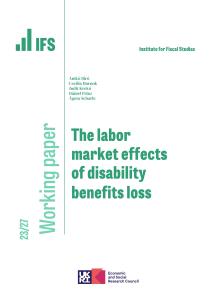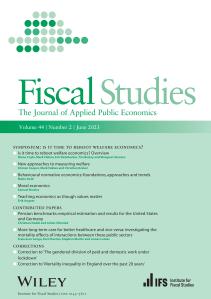Whatever the contents of this afternoon’s Budget speech, don’t forget that a lot of changes announced by Phillip Hammond’s predecessor at the Treasury are still due to take effect next month.
On the tax side both the income tax personal allowance and the higher-rate threshold will rise as the Government progresses towards getting these up to £12,500 and £50,000 respectively. Inheritance tax is being cut, benefitting the children of homeowners with estates worth between £650,000 and £2 million. The rate of corporation tax will be cut from 20p to 19p, although in revenue terms this is dwarfed by the new “apprenticeship levy”, which would be better described as a payroll tax on employers with annual pay bills of more than £3 million.
Even more significant changes are afoot on the spending side. There are three particularly important measures coming in this April which will make the working age benefit system less generous than it otherwise would have been, as part of the overall plan to cut these benefits by £12 billion.
First, those newly deemed too unhealthy to work, but sufficiently healthy to engage in certain work-related activities, will receive £73 per week, rather than £102 per week, in Employment and Support Allowance. Eventually affecting about 0.5 million individuals this will cut government spending by around £650 million per year.
Second, families with children currently receiving tax credits get an additional payment worth about £10 per week. This will not be paid in cases where the oldest child was born after this April, will eventually affect around 4 million families and will reduce spending by around £2 billion per year.
Third, families on tax credits currently receive additional amounts for each child. From April for new claims – and new births among existing claimants – there will be no additional support paid for third and subsequent children. This will eventually significantly reduce the amount paid to 900,000 larger families cutting spending by around £3 billion per year. This is a big change to the way the benefit system supports low-income families: families with large numbers of children have greater need than those with one or two children, but this additional need will no longer be reflected in the generosity of the benefit system.
Finally we are only now reaching the end of the first year of Mr Osborne’s four-year Spending Review that was announced in the Autumn of 2015. These spending plans imply that day-to-day spending by central government on the delivery and administration of public services will be cut by £12 billion over the next three years, having only been cut by a total of £3 billion in the last four years.
The one forthcoming change due to Mr Hammond himself, rather than down to Mr Osborne, is that investment spending is to start increasing following his Autumn Statement announcement that he wants to top up the plans for spending on infrastructure. This Budget will be his first chance to start to put his stamp on tax and spending policy for the next few years.
Carl Emmerson, is Deputy Director of the Institute for Fiscal Studies. This article was first published by The Times and is reproduced here in full with permission.








